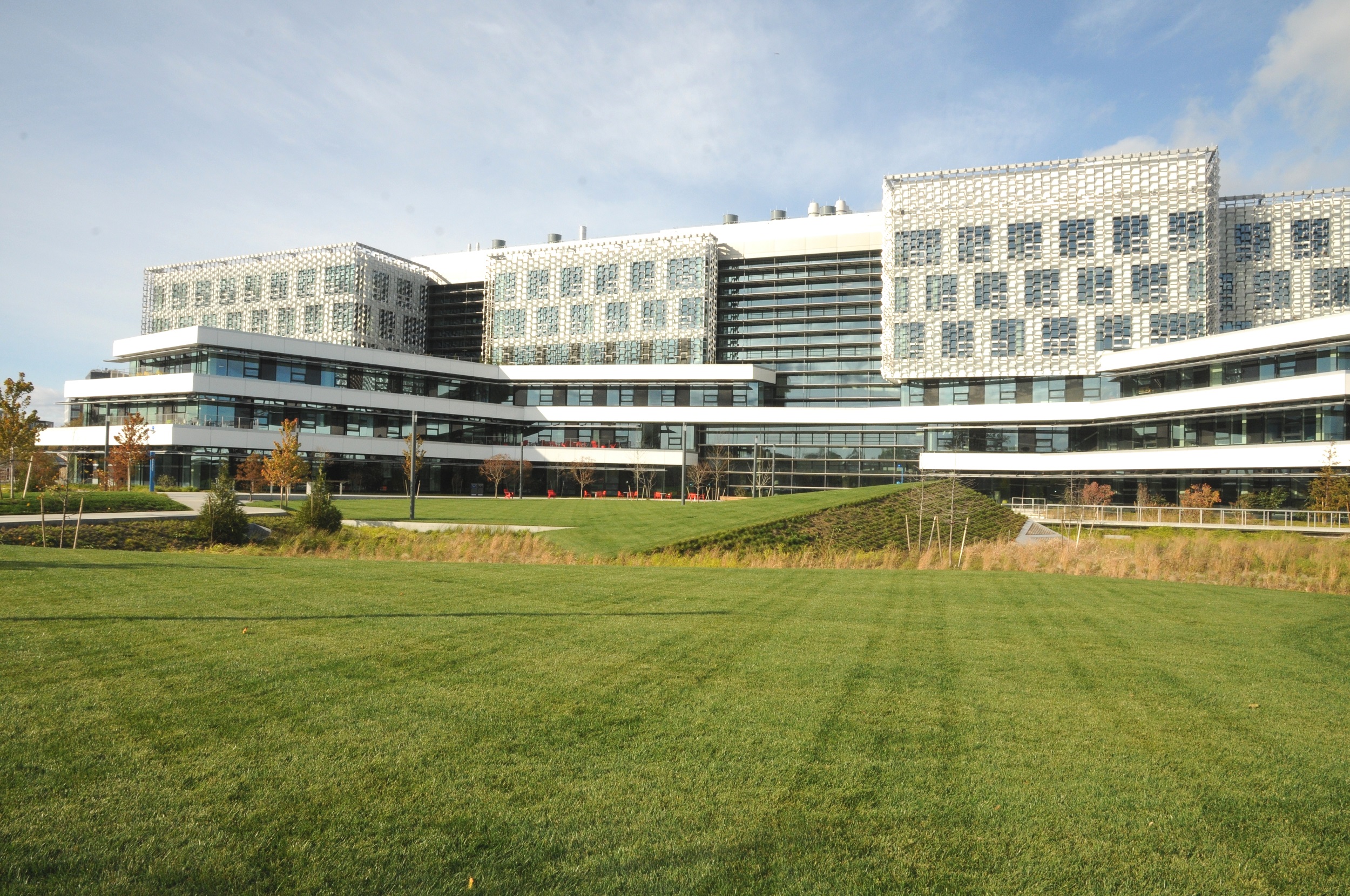Integrated Eco Strategy Helps Harvard University
Achieve Living Building Certification
For Immediate Release: April 28, 2021
Contact:
Charley Stevenson, Owner & Principal
Integrated Eco Strategy, LLC
85 Main St. North Adams, MA 01247
413-884-2571
charley@integratedecostrategy.com
Photographs available upon request
NORTH ADAMS, MA—Green building services firm Integrated Eco Strategy (IES) and its team of Berkshire County researchers has helped Harvard University achieve Materials Petal certification in the Living Building Challenge (LBC)—the world’s most stringent green building performance standard—for a new Science and Engineering Complex (SEC) in Boston. Comprising more than one-half million square feet, SEC is the school’s most significant new building constructed in a generation and the largest LBC project ever built. Harvard’s LBC certification for SEC was announced April 23 at the 15th annual Living Future conference, hosted by the International Living Future Institute, which administers the LBC.
Employing innovative architecture, advanced technology and building materials free of the most harmful chemicals, the eight-story, 544,000-square-foot complex will help Harvard advance progress toward its Sustainability Plan and achieve its goals to be fossil fuel-neutral by 2026 and fossil fuel-free by 2050.
IES began working with Harvard in 2016 to help the university achieve materials certification, which required contacting each manufacturer of every one of thousands of products for the SEC building, and requesting transparent disclosure of all ingredients, place of manufacture and other details depending upon product type. At the outset, available materials research methods were at best rudimentary: a single product could take 10 or more hours to investigate, with data compiled on cumbersome spreadsheets.
In response, IES assembled a dedicated team of healthy building materials researchers—an industry first—and began creating Red2Green (R2G), a software platform to streamline research and organize documentation. The evolving database helped the team gather and systematically record all SEC project research (more than 10,000 hours work on 6,000 products over nearly four years) and report findings in real time. Research time was ultimately slashed to an average hour or two per product.
The LBC goal of moving the materials marketplace was bolstered by the sheer scale of the SEC project, which enticed manufacturers to improve their products by avoiding dangerous chemicals and changing to healthier ingredients.
“Harvard was extraordinarily ambitious in undertaking LBC for this project, an investment that both changed the industry and paved the way for future project teams to make healthier buildings,” said Charley Stevenson, IES owner and principal. “IES’ research tools and data became a lynchpin in the process, and the potential for us to recruit talented local workers—none of whom had done this work previously—continues to prove essential to our company.”
Today, IES has also become a healthier materials software developer with an in-house team, supporting and enhancing its role as a green building consultant. Combining project management tools and research guidance with a continually growing database of more than 13,000 products from over 3,300 manufacturers, R2G now ensures that any new building can be better for people and the planet, and locks in progress to improve each subsequent project. Already employed on more than 60 projects nationwide, a fully scalable version of R2G is nearing completion and will soon be available by subscription to design teams worldwide. Additional information on IES and R2G is available at materiallybetter.com.
###
Founded in 2010, IES supports sustainable and regenerative building design, renovation and construction. IES projects include the Class of 1966 Environmental Center at Williams College, Williamstown; R.W. Kern Center at Hampshire College, and Hitchcock Center for the Environment, both in Amherst; and Yale Divinity School Campus, New Haven CT.

